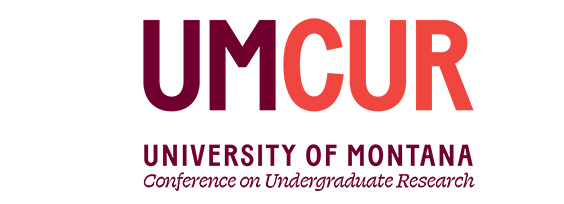Project Type
Poster
Faculty Mentor’s Full Name
Amy Glaspey
Faculty Mentor’s Department
Speech, Hearing and Occupational Science
Abstract / Artist's Statement
Speech-language pathologists provide speech and language therapy to people who have difficulty communicating their wants, needs, or ideas. Within therapy there are many unknown variables that determine its effectiveness, especially when working with preschool children who have difficulties saying speech sounds. To develop a better understanding of these unknown variables, the current research explored dosage. Dosage is the number of prompts that a clinician gives to a child to say a target sound within one treatment session (Farquharson et al, 2022). Dosage is an under studied element within therapy with potentially large effects on the amount and rate of progress a child makes. Therefore, this investigation sought to answer the question: What is the dosage used by the clinician during each therapy session? The participants were a six-year-old boy with a moderate speech sound disorder and a three-year-old boy with a profound speech sound disorder. Coders investigated dosage by watching video-recorded therapy sessions and counting the number of prompts given to the child, the number of times the child responded, and whether the child said the targeted sound correctly or incorrectly in one-minute increments. We based the correctness of the response on the reinforcement the clinician provided as observed in the video. During our presentation, the dosage results will be presented, and the child’s accuracy will be discussed. With these data on dosage, we hope that clinicians in private and school therapy settings will be able to use this information and create more effective learning opportunities for the children they teach. This investigation of dosage will help our understanding of the therapeutic process and inform our knowledge of potential ways to increase the speed of learning for preschoolers with speech sound disorder.
Category
Social Sciences
Understanding Dosage in Speech Sound Disorder Therapy
UC South Ballroom
Speech-language pathologists provide speech and language therapy to people who have difficulty communicating their wants, needs, or ideas. Within therapy there are many unknown variables that determine its effectiveness, especially when working with preschool children who have difficulties saying speech sounds. To develop a better understanding of these unknown variables, the current research explored dosage. Dosage is the number of prompts that a clinician gives to a child to say a target sound within one treatment session (Farquharson et al, 2022). Dosage is an under studied element within therapy with potentially large effects on the amount and rate of progress a child makes. Therefore, this investigation sought to answer the question: What is the dosage used by the clinician during each therapy session? The participants were a six-year-old boy with a moderate speech sound disorder and a three-year-old boy with a profound speech sound disorder. Coders investigated dosage by watching video-recorded therapy sessions and counting the number of prompts given to the child, the number of times the child responded, and whether the child said the targeted sound correctly or incorrectly in one-minute increments. We based the correctness of the response on the reinforcement the clinician provided as observed in the video. During our presentation, the dosage results will be presented, and the child’s accuracy will be discussed. With these data on dosage, we hope that clinicians in private and school therapy settings will be able to use this information and create more effective learning opportunities for the children they teach. This investigation of dosage will help our understanding of the therapeutic process and inform our knowledge of potential ways to increase the speed of learning for preschoolers with speech sound disorder.
